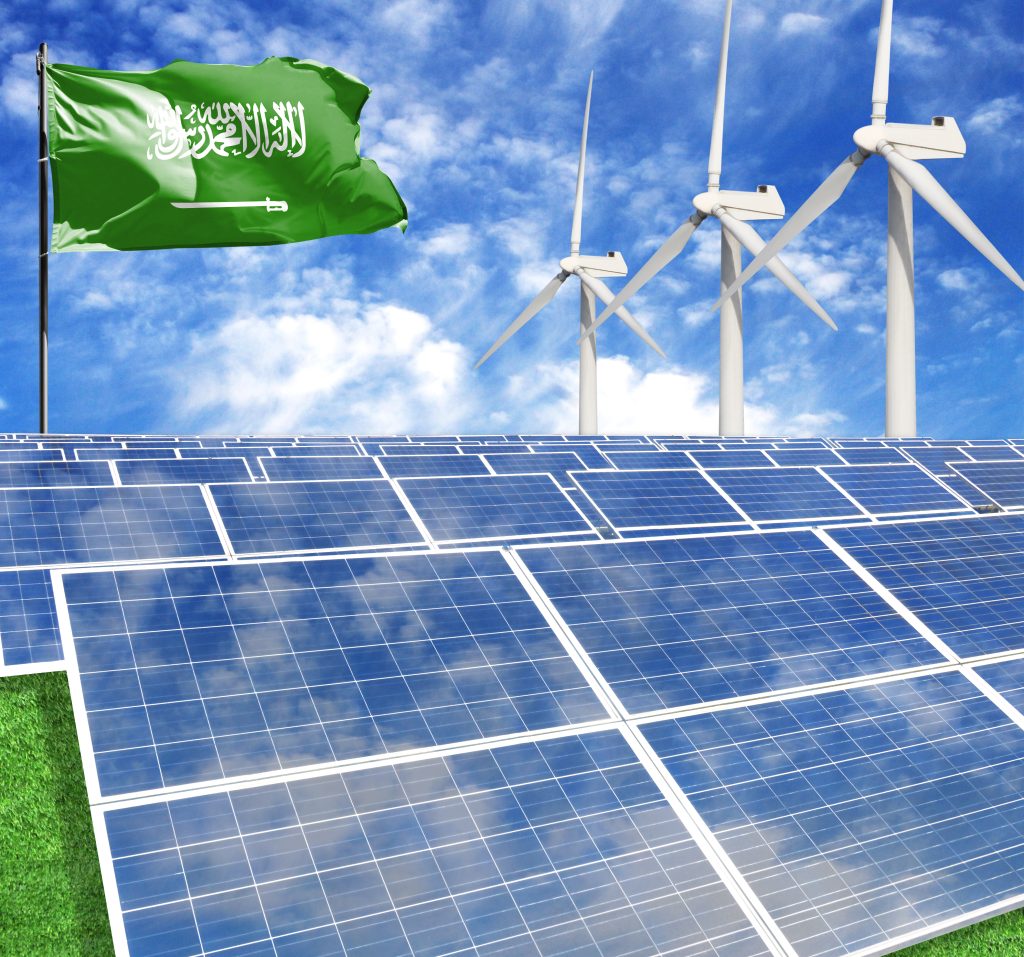The Kingdom of Saudi Arabia’s pivot towards renewable energy is anticipated to yield a substantial reduction in annual electricity expenditures, potentially saving $30 billion by the year 2030, as per a high-ranking S&P Global official.
During a panel at the 2024 Saudi Arabia Capital Markets Conference in Riyadh, Sofia Bensaid, who oversees Infrastructure and Project Finance Ratings, emphasized Saudi Arabia’s bold aims to achieve 50 percent renewable electricity by 2030 and reach net-zero emissions by 2060.
While expressing optimism about the feasibility of these targets, Bensaid voiced concerns over their execution. She outlined that to meet these objectives, it would be necessary to integrate over 20 gigawatts of renewable capacity yearly until 2030, culminating in 130 GW over a span of six years.
Now in terms of CapEx (capital expenditure), we expect the whole rebuilding agenda to cost approximately $86 billion and will aim at replacing the entire oil-fired power fleet. But it’s very important to keep in mind that this $86 billion bill is raised by developers on a project finance scheme and hence does not sit on the government balance sheet,
Bensaid mentioned.
She further elaborated that upon achieving the 130 GW milestone, the nation’s annual electric bill is projected to see a reduction of around $30 billion.
Alongside Bensaid, Rawan Oueidat, Director of Corporate Ratings at S&P Global, discussed how national oil companies in the region are likely to continue their significant capital investments albeit with modest growth compared to the levels seen in 2022-23.
We estimate that in aggregate, the region and national oil companies will be spending somewhere around $110-$115 billion annually, on average, at least until 2026,
Oueidat stated.
Recent pauses in capacity expansion, like those in Saudi Arabia, have prompted concerns about the predictability of cash flows, particularly for oilfield service providers, potentially leading to improved credit metrics.
The conference also highlighted Saudi Arabia’s dual emphasis on diversifying away from oil reliance and investing in renewable energy initiatives.
Government investments are bolstering growth in non-oil sectors, which are forecasted to persist below a 5 percent growth rate. Key industries like tourism, consumer goods, healthcare, and telecommunications are flourishing, spurred by demographic trends and favorable oil prices.
Tatjana Lescova, an associate director at S&P Global, commented on the robust consumer spending and relatively low inflation levels that are benefiting consumer-driven sectors, expecting them to continue prospering.
But overall attraction is very positive. (The) healthcare sector will benefit from the positive population demographic dynamic, and there’s also widespread requirements of mandatory insurance across the region and Saudi Arabia as well,
she noted, also commending the performance of the telecom sector, particularly due to investments in 5G and digital services.
Zahabia Gupta, Director of Sovereign Ratings at S&P Global, touched on the ambitious Vision 2030, aimed at profound social and economic change, with associated project costs potentially exceeding one trillion dollars.
As we get closer to 2030, we expect that PIF and the government will ramp up debt issuance for the implementation of these projects. We did an exercise to forecast public finances for Saudi Arabia until 2030,
Gupta revealed, estimating a total debt issuance of about $250 billion from 2024 to 2030, equating to roughly $35 billion annually.
Despite this, Saudi Arabia is projected to maintain a ‘comfortable’ net asset position, with S&P Global forecasting strong government assets continuing due to sustained efforts in economic diversification.
S&P Global Ratings underscored that the increase in debt issuance for Vision 2030 projects could pressure fiscal metrics, but the government’s net asset position is expected to remain robust, reflecting prudent fiscal management.
The agency concluded that the success of Vision 2030’s financing will largely depend on the contributions from foreign investment, the private sector, and capital markets, alongside support from PIF for essential infrastructure for mega and giga-project sites.
